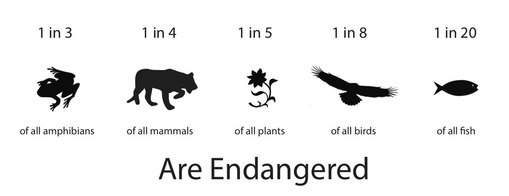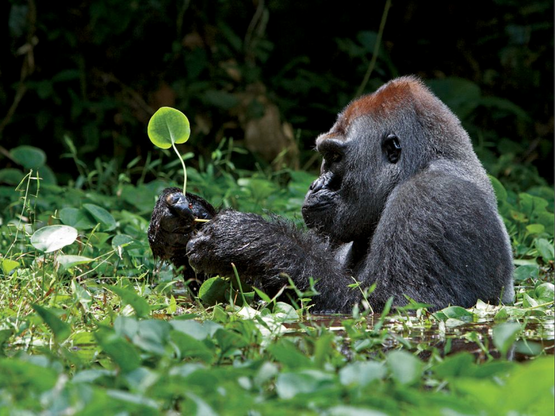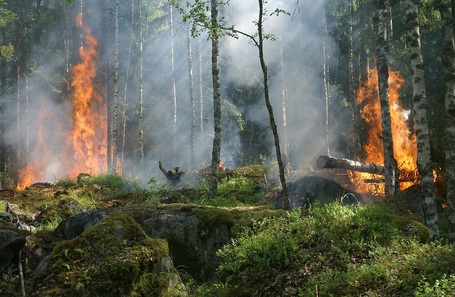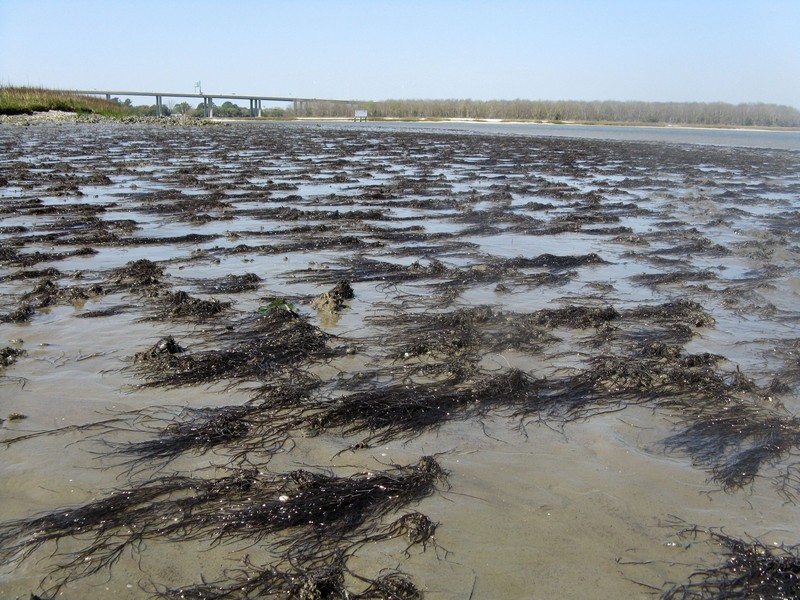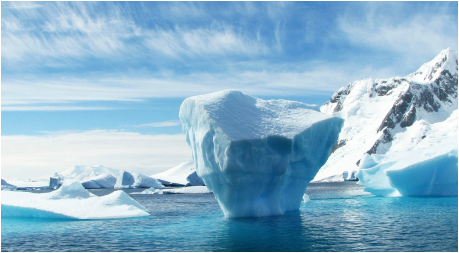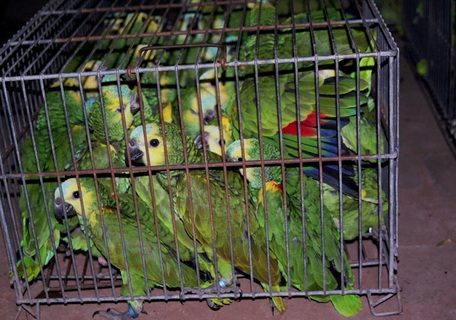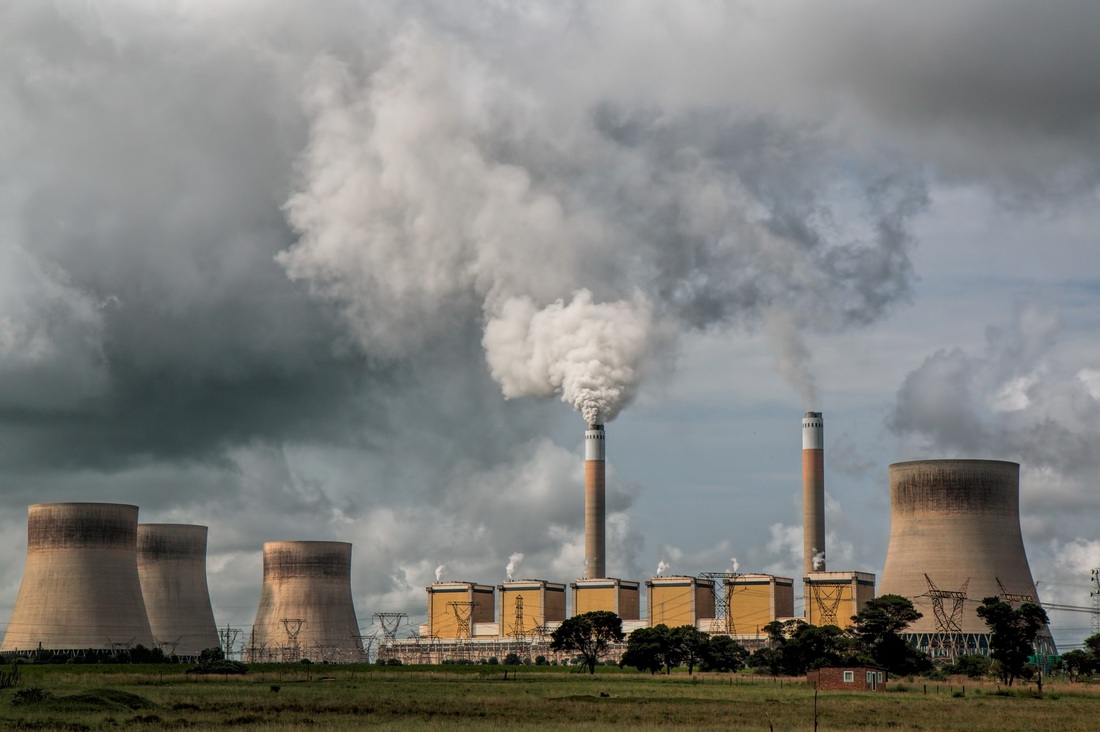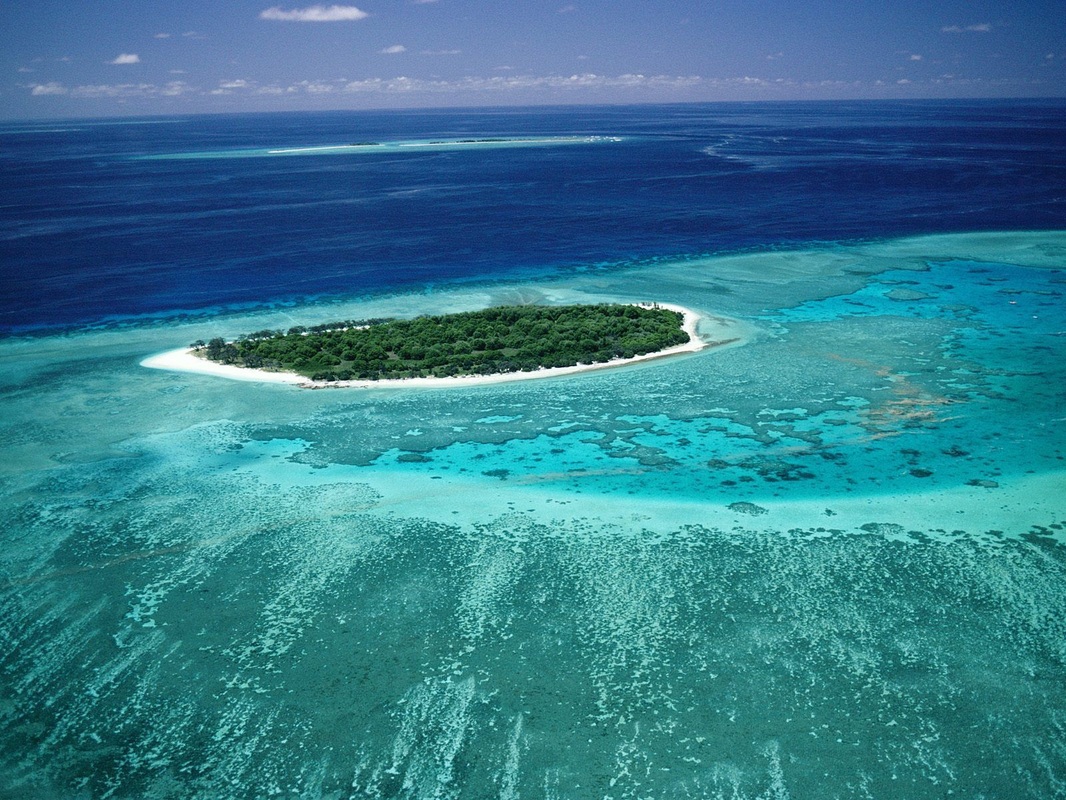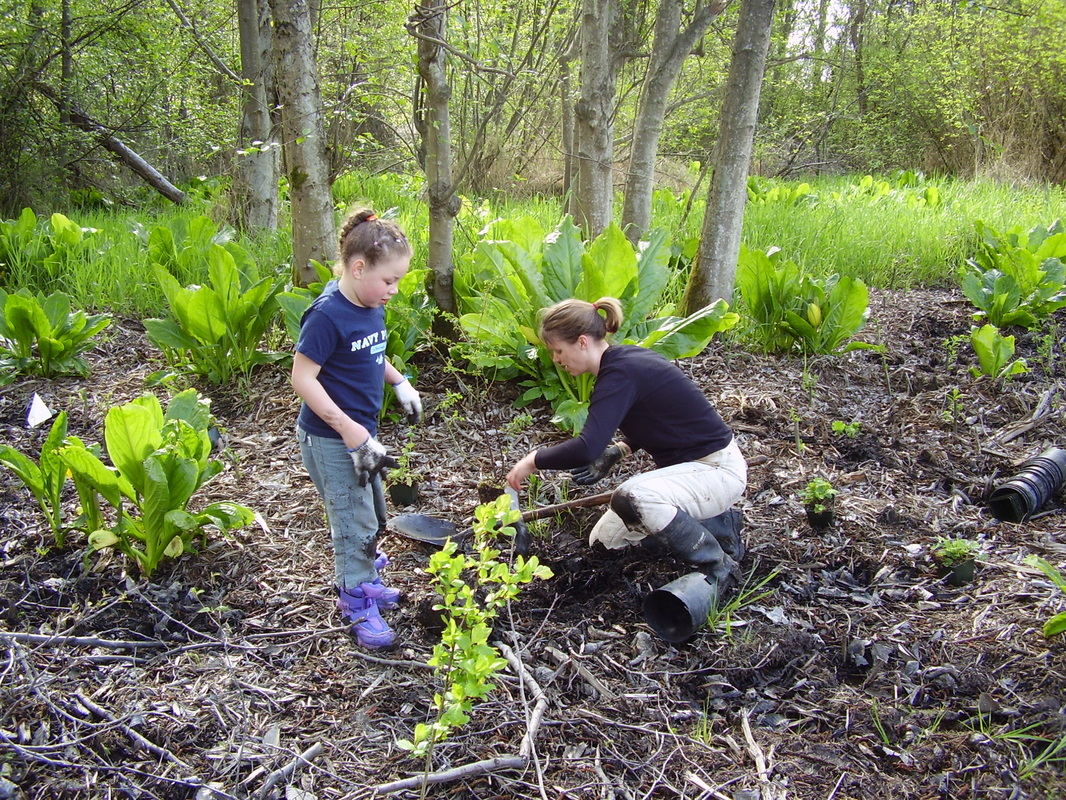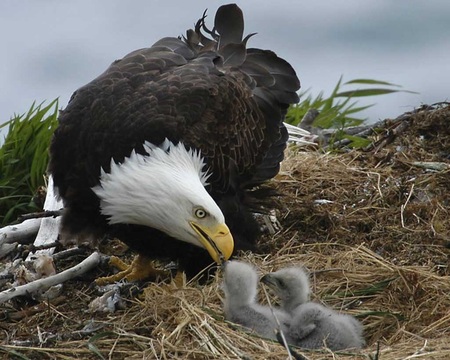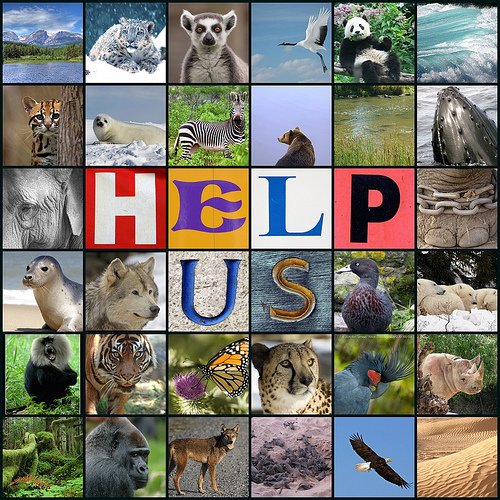Endangered Species Information
Endangered species are species at risk of extinction, meaning there are so few individuals left alive that their entire species is at risk of
disappearing from our planet forever.
disappearing from our planet forever.
The current rate of extinction is considered so fast that many species are going extinct before they have even been discovered.
The current estimations of the worlds endangered species suggest that:
The current estimations of the worlds endangered species suggest that:
This alarming rate at which species are disappearing is something which should be a cause for concern for us all.
Not only do these species add beauty and wonder to our world, they are also of great global importance.
About 40% of our medicine is made from compounds found in nature,
and we have only explored about 5% of the known plant species for medicine.
As species go extinct, we lose opportunities.
Conservation Status
The conservation status of a species indicates the risk of that species to become extinct in the near future.
The IUCN Red List of Threatened Species is a global system, created by World Conservation Union (www.iucnredlist.org), which determines the conservation status of each species.
The species are assessed according to different criteria: How many individuals there are and whether this number is in decline.
Each species is than placed on the following scale:
Species in categories Vulnerable, Endangered or Critically Endangered are considered to be at risk of extinction.
So far nearly 60,000 species have been assessed.
So far nearly 60,000 species have been assessed.
Why Are Species Endangered?
There are many different factors threatening endangered species, many of these threats are direct result of human activity.
The most common threats include:
The most common threats include:
|
Habitat loss and habitat fragmentation. The expanding human population constantly requires additional space and resources. Therefore, all over the world land is being cleared for human settlements, agriculture and transportation. Humans have destroyed over half of the Earth’s forests and the remaining forests are shrinking fast.
Invasive species. Humans have introduced non-native species (intentionally and accidentally) to a wide variety of habitats, often with devastating consequences where native wildlife suffer from the introduced species.
Climate changes. Global warming, droughts, ocean acidification, loss of sea ice, increase in storms and extreme weather are all events that threaten species survival.
|
Hunting. A huge variety of species have been hunted, or fished, beyond sustainable levels.
Poaching. People are still illegally killing animals for their horns, fur, meat, etc. and selling these products.
Pet trade and collection. Many animals and plants have been collected from the wild beyond sustainable levels, for pet trade or private collections.
Pollution. Human waste creates pollution such as plastic waste, oil spills, acid rain, heavy metals, pesticides and much more. All harm the environment and put species at risk.
|
Endangered species usually have a small population size or a very limited range,
therefore these factors place a huge threat and could cause these species to disappear completely.
therefore these factors place a huge threat and could cause these species to disappear completely.
What Is Being Done to Help Endangered Species?
Conservation goals are to protect the natural world and sustain its biodiversity, by carefully preserving and managing existing.
habitats and restoring areas which have been damaged or degraded.
Species conservation can also take place outside the natural habitat. For example, by caring for an endangered animal in captivity, or
preserving endangered plants by using seed banks.
Some main conservation actions include:
habitats and restoring areas which have been damaged or degraded.
Species conservation can also take place outside the natural habitat. For example, by caring for an endangered animal in captivity, or
preserving endangered plants by using seed banks.
Some main conservation actions include:
|
Habitat preservation. To save endangered species from extinction, their habitats must be protected. Habitat preservation means the protection of habitats before they are damaged. Through creation of national parks, wildlife reserves and marine protected areas.
Habitat restoration. When a habitat has already been degraded it is sometimes possible to restore the habitat by carefully managing the land, removing invasive species and reintroducing native species.
|
Ex-situ conservation. Endangered species can be bred in captivity to preserve their numbers and in some cases, it is possible to reintroduce them to the wild. Plant species are often cultivated in nurseries and preserved via the use of seed banks.
Laws and policies. Many countries throughout the world have laws that protect endangered species. It is often a crime to kill or injure a protected animal.
CITES (The Convention on International Trade in Endangered Species) is an international agreement between governments to ensure that trade in wild animal and plant specimens does not threaten their survival. In the United States there are a few laws that protect endangered species. These laws are part of the Endangered Species Act. These laws help protect the animals and their habitat and also include Recovery Plans. The main agencies that enforce these laws and help protect the endangered species are: The United States Fish and Wildlife Service www.fws.gov The National Oceanic and Atmospheric Administration www.noaa.gov |
